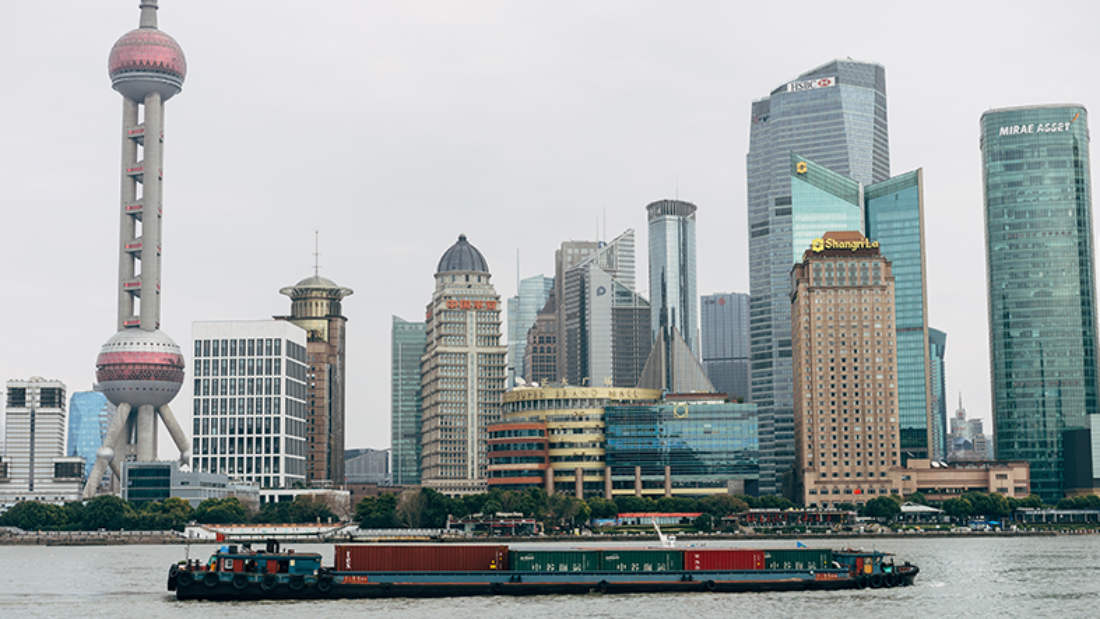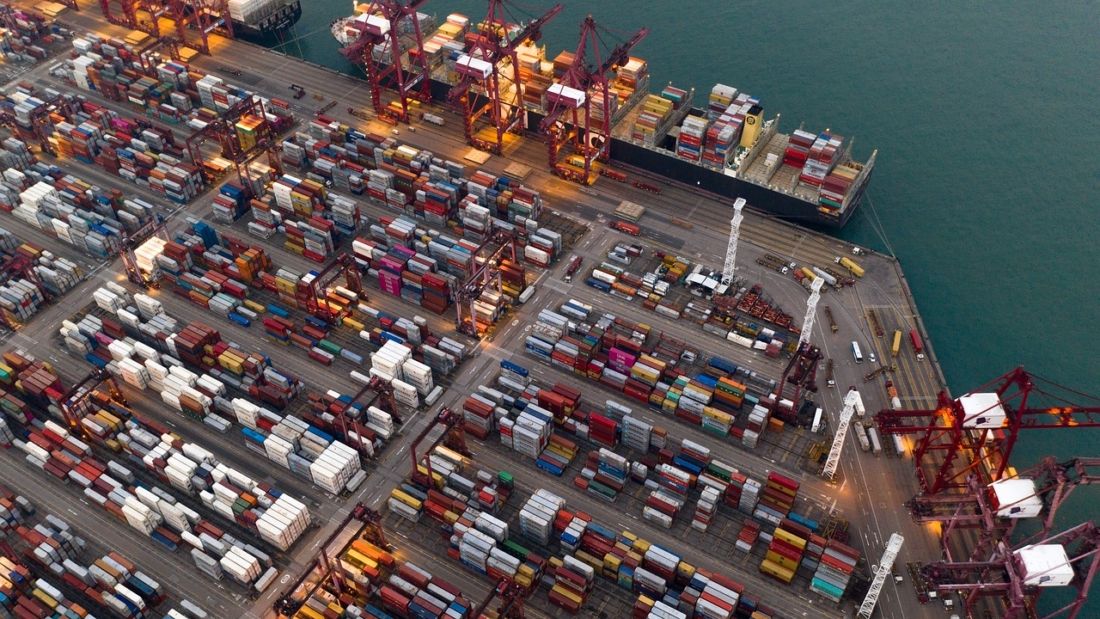The logistics industry in India has seen significant instability over the last three years and new challenges as the country recover from the epidemic. Stakeholders cite the workforce as one of the major ones now.
According to the co-founder of a logistics firm, the industry is facing driver shortages for deliveries. During the festive season, when the traffic load was high, it caused many more problems. A courier aggregation service claims that logistics companies struggled to reach the expected delivery time, which resulted in dissatisfied consumers.
A co-founder of a logistics firm claims that the industry is the most disorganized and fragmented in the country. It needs to be streamlined to increase the effectiveness and efficiency of the operations.
According to a logistics provider, there is an increase in the demand for shipments. However, this industry has several issues with employment opportunities and driver retention. Truck drivers, forklift operators, skilled workers for warehouses, and other positions are critically needed in the country’s logistics industry to keep up with the demands of a growing economy.
With the budget coming soon, the stakeholders claim the government has an opportunity to address these and other problems affecting the logistics industry, which is the foundation of trade and commerce.
Additionally, some experts compare the recent claims of unemployment with the need for better workforce management in logistics. There is an opportunity for gainful employment here, and the budget may outline the several routes necessary to hire, train, and retain staff to benefit the industry in the long run. However, the challenges are making jobs in the logistics sector attractive and encouraging individuals to consider it a career option.
According to a logistics provider, rising fuel prices are another challenge hurting the logistics sector. The road is India’s most common mode of transportation, mainly because overcrowded rail networks, multiple handling, and high rail tariffs make it difficult to use those services.
However, due to recent volatility in fuel prices, transportation costs have significantly increased, putting logistics firms under a lot of pressure. He also brings attention to the inadequate conditions and restricted locations of warehouses.
According to him, building a sizeable integrated warehousing space is challenging because of the need for a qualified workforce, high warehouse rent, and higher interest rates. He also notes that there is a need to streamline the processes at various stages in the industry.
According to experts, India’s logistics costs as a percent of GDP are high, and lowering them can significantly boost the sector’s operations, employment, and growth.
According to the government, by 2024, the logistics cost percent to GDP, which represents the cost of transporting goods, should decrease from around 16% to around 10%, making it more competitive with developed or similar countries.
The logistic provider is cited that in the upcoming budget, the government may address crucial concerns, including rising rental rates, fuel, and transportation expenses, fragmented communication, and infrastructure expenditures which have significantly increased the logistics service’s operational costs.
There should be an incentive-based structure in place. For instance, people who construct warehouses can get rewarded, and the tenant should be able to rent the space for considerably less per square foot. The government should consider giving incentives to businesses that invest in automation and warehouses that use such technology.
Any sector stakeholder is aware of the need to use more technology. It equips most companies to compete with any major player on the global stage. However, the high fees are only affordable for some companies.
According to the logistics provider, the budget might boost logistics automation costs, encouraging even smaller firms to adopt new technology. Focused investing in advanced technology is urgently required, according to a logistics company expert.
We can foresee that the budget for 2023 will strongly emphasize improving India’s logistics ecosystem by utilizing data-driven technologies to make it even more technologically advanced, integrated, affordable, and reliable. As there is a severe shortage of skilled workers and professionals in this industry, the logistic company expert also emphasizes improving human resource skill sets.
We need to support R&D and innovation by establishing training institutions that can teach students about advanced technology. The sector also has to encourage equal employment opportunities for women and people of the third gender, cited the logistics company expert.
A logistics provider suggests that the budget should consider investing in more multi-modal logistics parks. She adds that we anticipate an investment in port infrastructure this year to address logistical inefficiencies and that the industry’s efficiency will be the main focus.
Industry leaders eagerly await the National Logistics Policy’s implementation to streamline operations and lower logistics costs.






